Menu
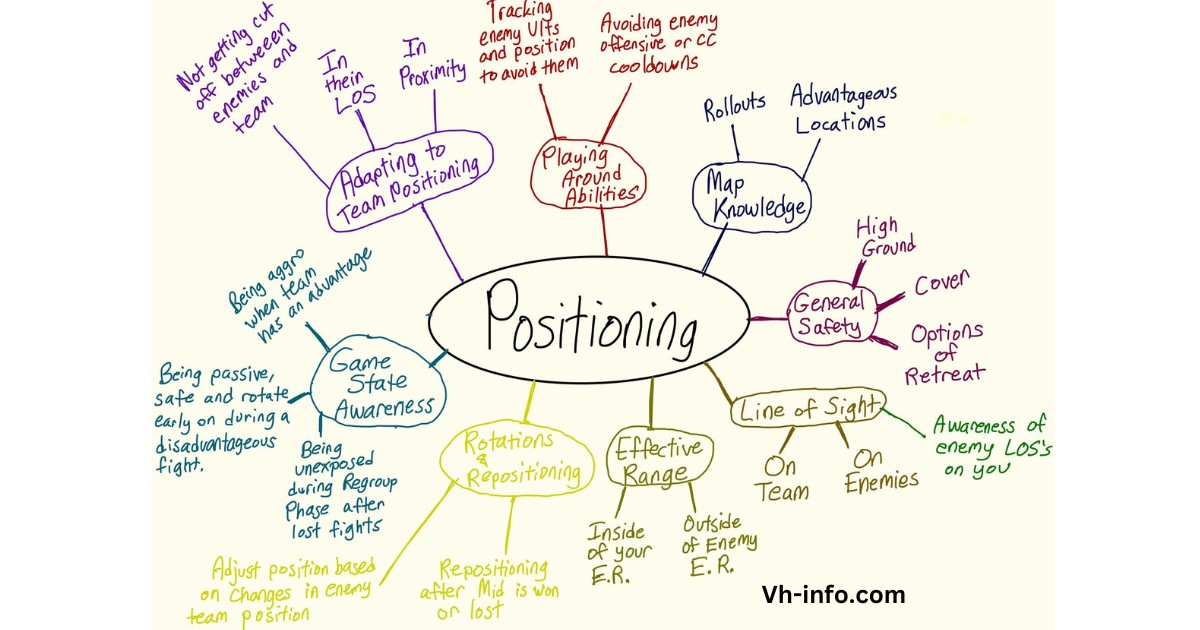
Types of Positioning: Examples, Strategies & Ways to Market
Have you ever wondered why some brands stand out in your mind more than others? It’s because of their positioning.

Marketing Positioning: What it is, Importance & Examples
Are you tired of your brand getting lost in the sea of competitors? Do you want to stand out and
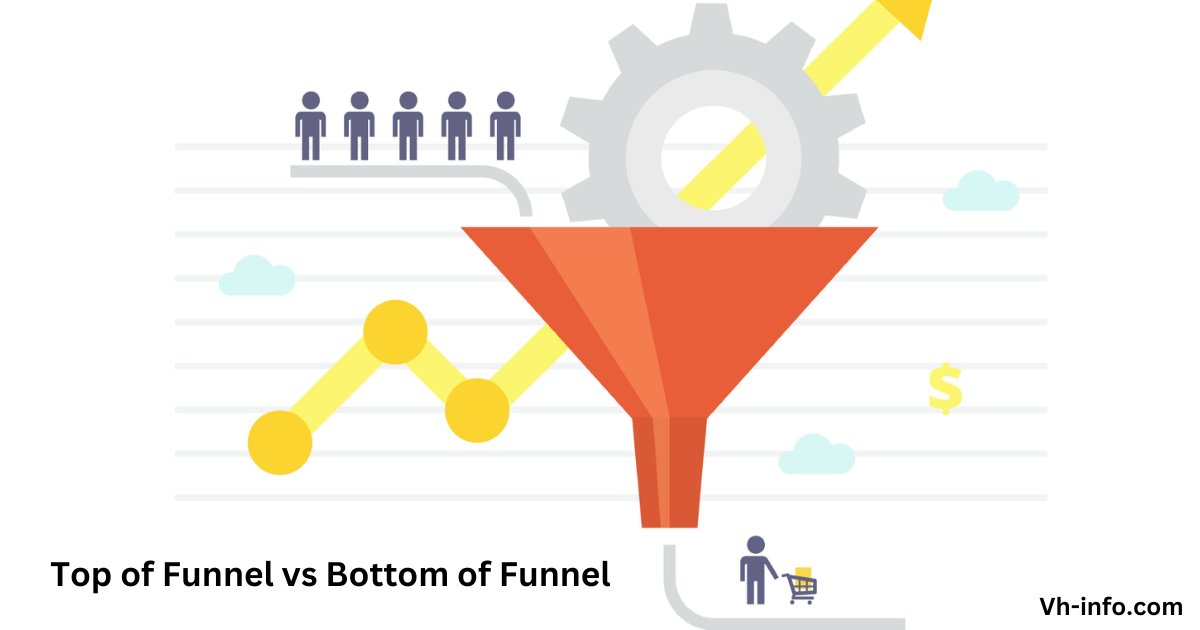
Top of Funnel vs Bottom of Funnel: Understanding User Intent
Understanding user intent is crucial to creating a successful marketing strategy. And the first step in doing that is understanding
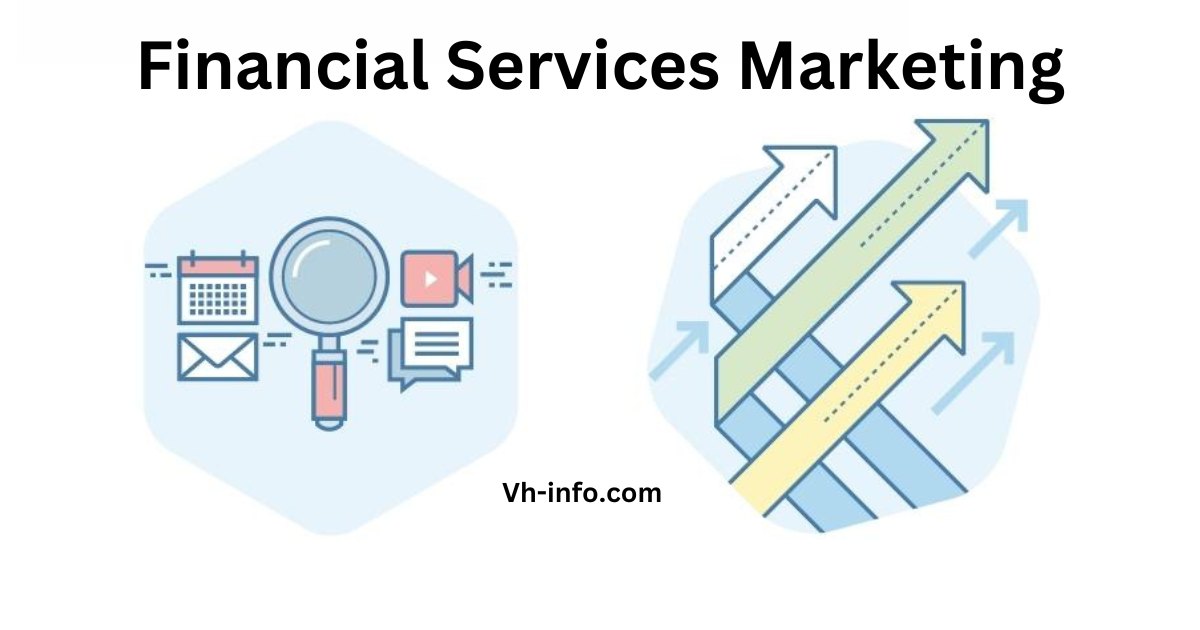
Financial Services Marketing: Meaning, Examples & Strategy
Financial services marketing is a unique field that requires specific strategies to be effective. It caters to individuals and businesses
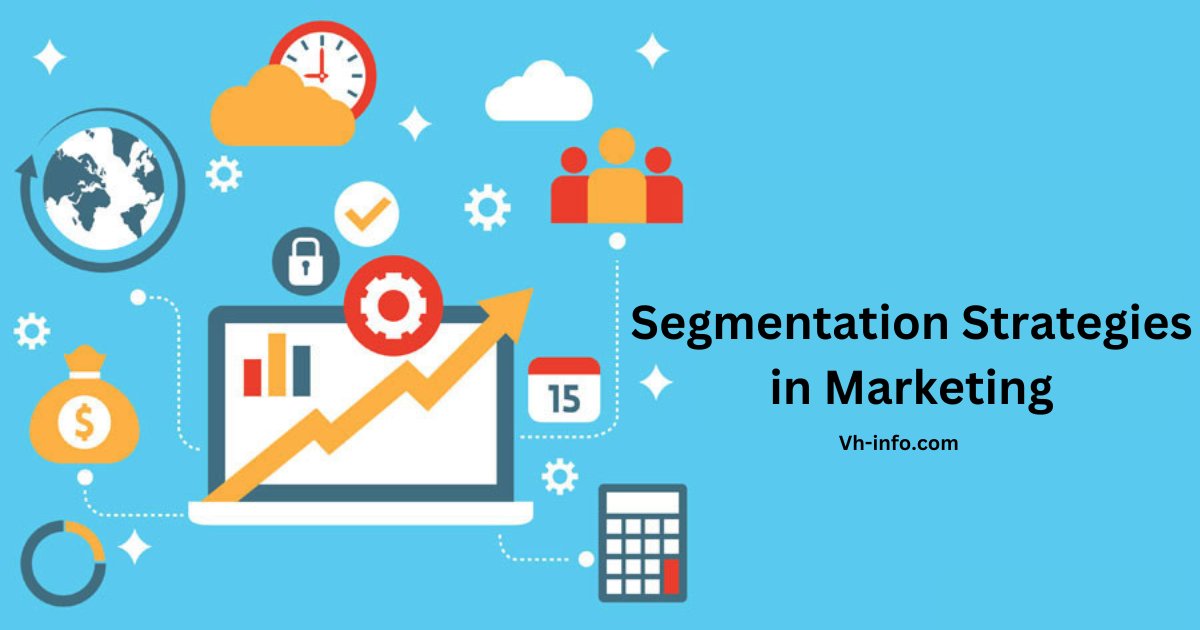
Segmentation Strategies in Marketing: Key to Success
Are you struggling to find a target audience for your marketing campaigns? Market segmentation is the key to success! It
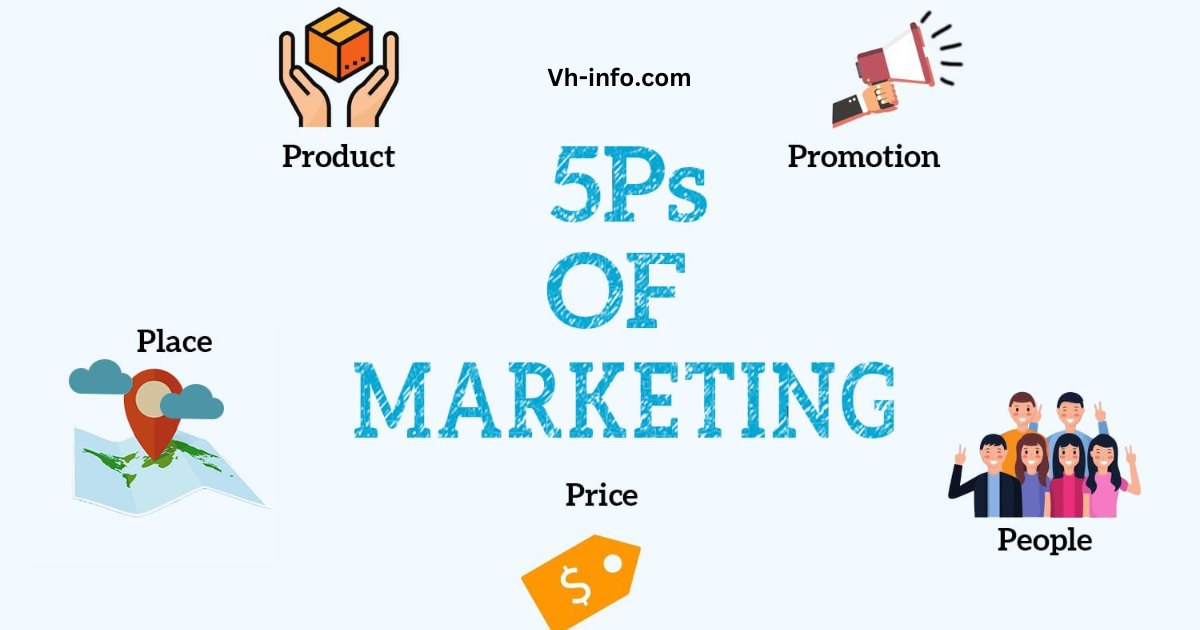
The 5 Ps of Marketing: Your Roadmap to Success
Are you tired of your marketing campaigns not delivering the results you want? Do you want to create a successful

Qualitative Research in Marketing: What it is, Importance, Examples
As a marketer, you know that the key to success is understanding your target audience. But how do you do
WHAT WE
3rd floor, VHinfo, QRXG+CG9 Capital Market, Canal Rd, chokdi, Ravapar, Morbi, Gujarat 363641
VH-info © 2025 | All Rights Reserved